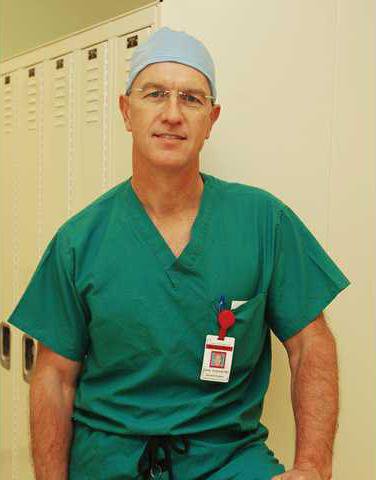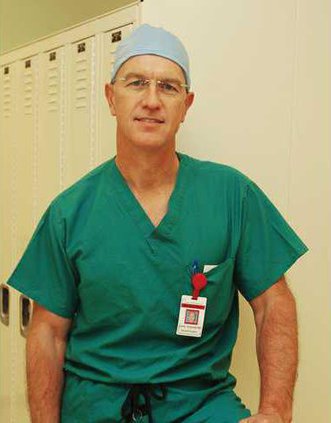Every Monday The Times looks at topics affecting your health. If you have a topic or issue you would like to see covered in our weekly series, contact senior content editor Edie Rogers via e-mail.
Imagine having surgery without an incision.
Eddie Pruitt did, and now she can eat tomatoes for the first time in years.
Pruitt, a 49-year-old resident of Townville, S.C., suffered from acid reflux for years. Since she was 19, Pruitt has taken antacid medication after medication, trying in vain to treat her acid reflux, she said.
“As newer medications would come out, I’d have to take stronger medications and take twice as much as normal people did,” Pruitt said. “So for years, you know, I just dealt with taking prescriptions.”
But when she began to wake up in the middle of the night feeling as if she were choking, Pruitt sought the help of Dr. Casey Graybeal.
Graybeal, a Gainesville surgeon, was the first physician in North Georgia to perform an incisionless surgery meant to treat acid reflux disease.
A general and thoracic surgeon with expertise in the treatment of gastroesophageal reflux disease, Graybeal started performing the Transoral Incisionless Fundoplication, or TIF, procedure in August. Since then, he’s performed a handful and made at least one patient very happy.
“I tell you what, I would do that surgery again in a New York minute,” Pruitt said.
The procedure, done using a device called EsophyX that is passed through the mouth and down to the stomach, is meant to treat gastroesophageal reflux disease without an incision.
The TIF procedure is based on established methods of surgical repair of the anti-reflux barrier. The only difference is that it is a surgery performed through the patient’s mouth.
“It’s an incisionless version of a surgery that’s been around since the 1950s for treatment of reflux disease,” Graybeal said.
Most traditional surgeries that treat reflux disease are done so well that patients are not able to vomit properly afterward, Graybeal said.
“The procedure is so good that it creates a very strong one-way valve,” Graybeal said. “The downside is when it’s not properly done, patients can get bloated and have a lot of gas. That’s the advantage of the (TIF) procedure — it’s a less complete wrapping of the stomach around the esophagus.”
But the downside of the procedure is that it doesn’t tend to be as successful or “robust” as traditional procedures, Graybeal said.
Still, 80 percent of patients who have the incisionless surgery are able to control their reflux problems afterward, he said.
An incisionless surgery means reduced pain, shorter recovery time and no scars. And though the procedure requires anesthesia, Graybeal said it usually takes about 40 minutes to perform.
After the procedure, most patients can eat and drink foods they avoided for years, and most will not require any medication for their reflux, according to a release from Northeast Georgia Medical Center.
After her surgery, Pruitt said she spent a month weaning herself off of her old acid reflux medications. Today, she says it has been two months since she took any medication for acid reflux. She doesn’t need it.
And she can eat some of her favorite foods again, like fresh tomato sandwiches, without the burning after effects.
“Oh my word, just to have a salad with good onions in it,” Pruitt said. “Anything that would cause acid or burning of the stomach — I can eat it now.”

